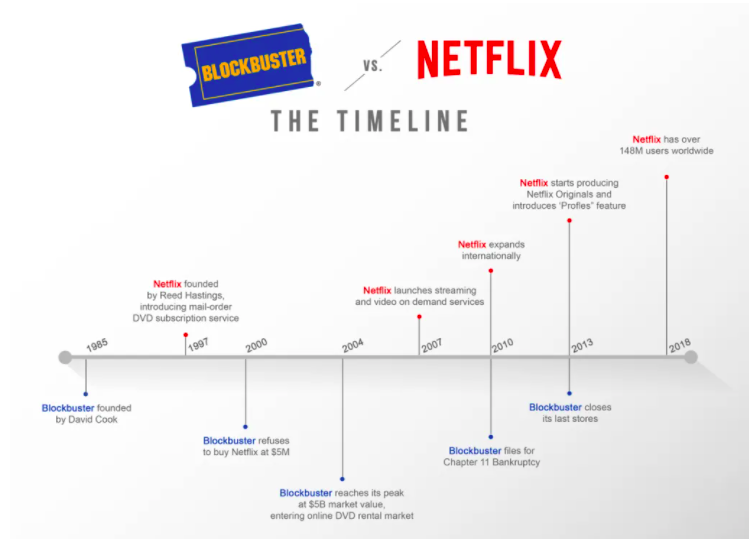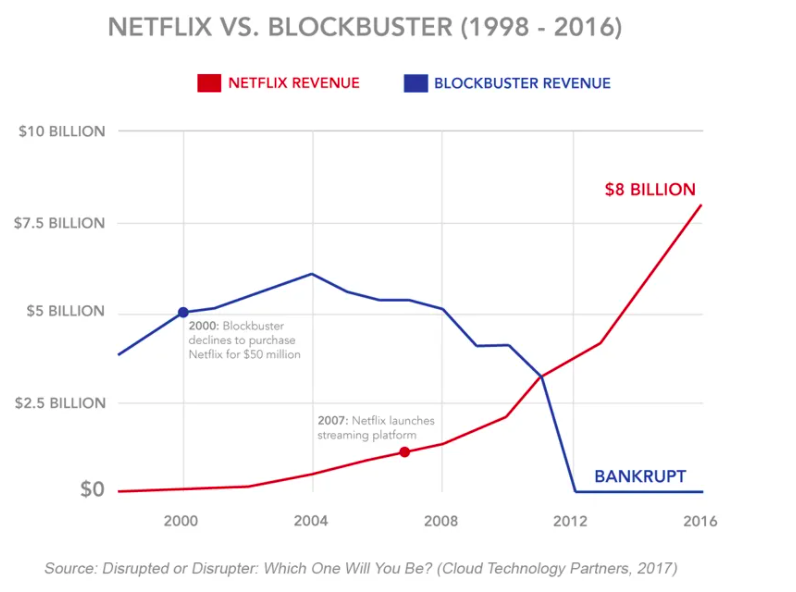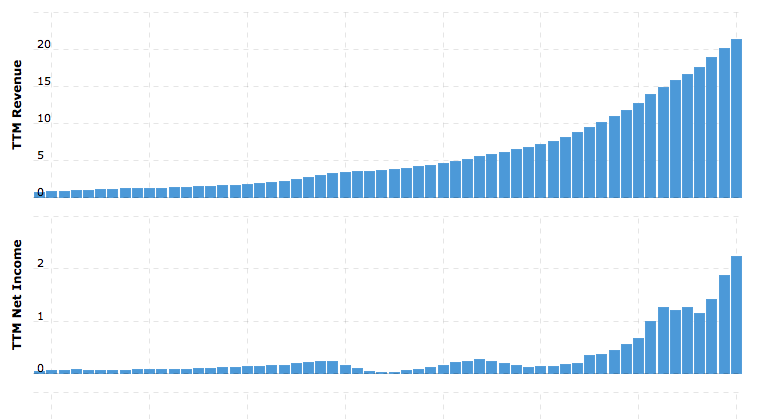About Our Project
Hope, Krystal, and Marisa sought to investigate the rise of online video streaming services, such as Netflix, and the impact it has had on traditional ways of watching movies and/or television. They were intrigued by the rapid growth of Netflix as a streaming service and decided to explore further on how Netflix has influenced movie theaters, cable, and Blockbuster. This website is designed to discuss the history/evolution of these popular streaming services, present research and survey results that were found, and address the impact that streaming services have posed to traditional ways of watching TV and movies.
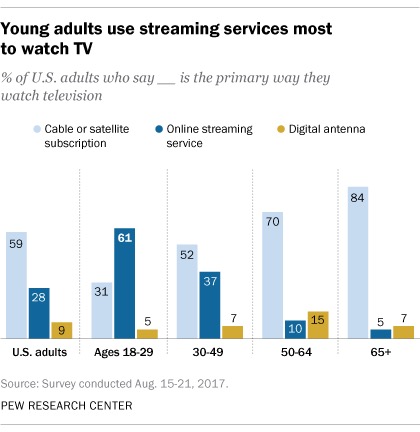
History of Streaming Services
Some of us remember the days of waiting patiently for weekly episodes of our favorite television show to air. For others, streaming services have always been the way to watch a new series. When and how did streaming services become what they are today?
Check out our video briefly explaining the history of three major media streaming services:
Impact of Online Video Streaming Services on Movie Theaters, Blockbuster and Cable
Overall, after reading through scholarly, news, and tech articles, we have found that the impact varies in regard to movie-going, cable users, and stores such as Blockbuster.
Movie Theaters
Our initial thought was that the rise of online video streaming sites would negatively affect the amount of people who attended movies, however, what was found was actually the opposite. Streaming services are NOT killing movie theaters. In 2018, EY’s Quantitative Economics and Statistics group conducted a detailed survey of US moviegoers and “examined the extent to which consumption of streaming services impacted movie theater attendance” (EY, 2018). In this study, they found that those who go to movie theaters regularly, also consume more streaming content, deeming them to be “duel-consumers.” The main takeaway is that those who attended movies in theaters more frequently also tended to consume streaming content more frequently.
Cable Television
It has recently become clear that collectively more people pay for online streaming services rather than traditional cable T.V. In 2019, the consulting firm Deloitte released survey data which found that “69% of consumers pay for some type of internet video streaming service, while only 65% of consumers pay for cable or satellite subscriptions” (Forbes, 2019). This is a large increase from 2009 when only 10% of consumers subscribed to some sort of online streaming service. This data also proved that “cord-cutting” was a generational issue. For example, of millennials ages 22-35, 88% subscribe to video services while just 51% subscribe to cable or satellite (Forbes, 2019). Consumers want products that are easy to use and that are tailored to match their preferences, which is precisely what streaming services aim to do. It doesn't seem like TV is going to completely die out anytime soon, however, services such as Netflix, Hulu, and Amazon Prime, are growing rapidly and allow for a more affordable option with original content and less advertisements. Ultimately, we can infer that with the continuous rise in personalized, convenient, original, and affordable content, the TV industry will begin to suffer.
Blockbuster
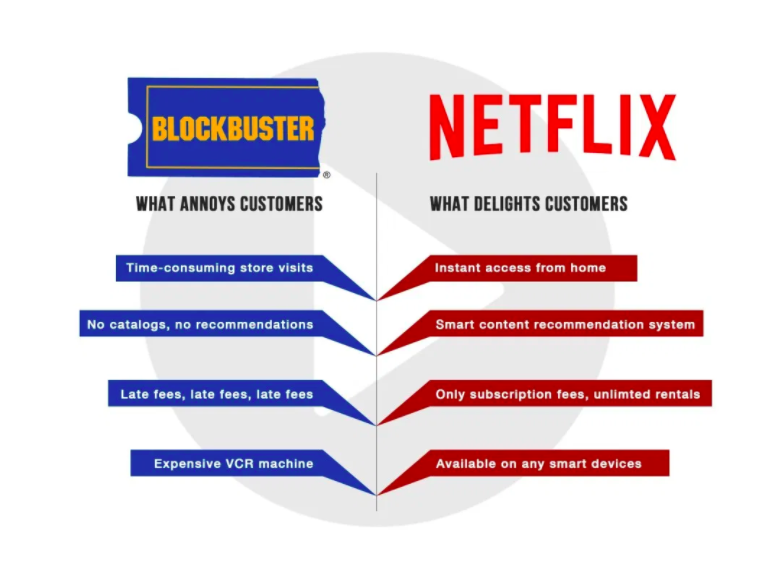
Due to rapid growth of online video streaming services, the days of going to a store to pick up a VHS or a DVD for a movie night is a distant memory for many. Blockbuster was a well known American-based provider of movie and video game rentals through stores, DVD-by-mail, video on demand, and cinema theater. This company had over 60,000 employees, 9,000 locations and a market value of over $5 billion, so what exactly led to the downfall of Blockbuster?
Well for one thing, Blockbuster became very complacent, got too comfortable, stopped innovation, and thought they were too big to fail. In 2000, Blockbuster turned down a chance to purchase Netflix for $50 million, little did they know that Netflix would be the reason for closing. In 2010, Blockbuster filed for bankruptcy and would begin to shut down their stores and services. People were, at the time, attracted to Netflix because instead of charging to rent videos, it offered the consumer a subscription to DVD’s that were sent and could be returned for new ones when finished. This system eliminated late fees, which contributed to 16% of Blockbuster’s revenue. The impact of online streaming services on Blockbuster was clearly negative, as Netflix’s convient, affordable, and persistent system conquered the DVD distribution era and has now evolved into a $180 billion company that is beloved by many.
Q & A
What are the profit margins for Netflix when it comes to buying television and movie rights and creating original content?
Pictured here is a graph of Netflix's profit margins from 2005 to 2020. It's operating margin continues to grow every year—in other words, Netflix's yearly revenue is increasing exponentially. Netflix's secret is it's expenses are all fixed-costs. Regardless of how many people watch a certain show or movie, Netflix will pay the same amount for rights. This way, as the number of Netflix subscribers increases, the company will only continue to grow since each new subscriber costs the company very little but Netflix continues to reap equal profits from each individual subscriber.



